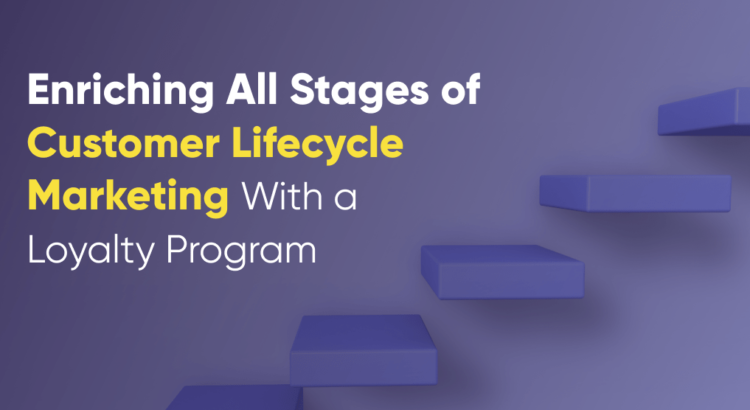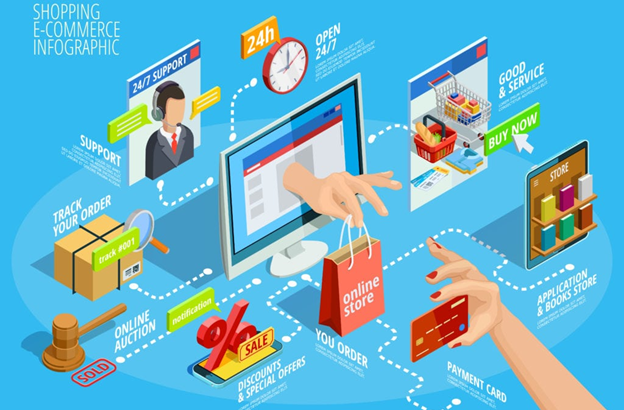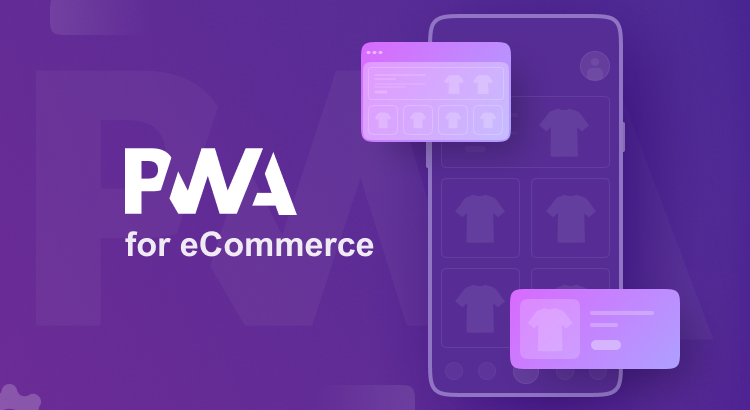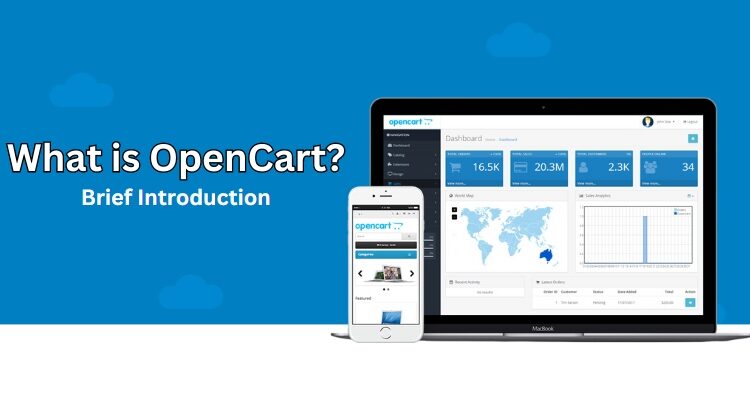In the world of marketing, building strong and lasting relationships with customers is key to long-term success. This is where lifecycle marketing plays a crucial role, as it focuses on engaging customers at every stage of their journey – from acquisition to retention and advocacy. One of the most effective strategies for strengthening lifecycle marketing is the integration of loyalty programs. These programs not only incentivize customers to return but also deepen their connection to your brand, making them more likely to become lifelong advocates.
In this blog, we’ll explore how loyalty programs can enhance your lifecycle marketing efforts and how you can implement them to create sustainable growth for your business.
1. Acquisition: Attract New Customers With Enticing Rewards
The first stage of lifecycle marketing is customer acquisition. To attract new customers, loyalty programs can offer immediate rewards that motivate people to make their first purchase. Consider these approaches:
- Sign-up bonuses: Offering a reward, such as a discount, coupon, or free gift for signing up to your loyalty program, can be a powerful way to encourage new customers to engage with your brand.
- Referral programs: Encouraging existing customers to refer new customers in exchange for rewards can create a viral loop that grows your customer base organically.
- Exclusive promotions: Limited-time offers or promotions exclusive to loyalty members can attract new customers by providing them with a sense of exclusivity and urgency.
By giving customers an immediate benefit for joining, you not only acquire new customers but also make them more likely to stick around for future interactions.
2. Engagement: Keep Customers Coming Back
Once a customer makes their first purchase, the next step is to keep them engaged. Loyalty programs can play a crucial role in repeat purchases, which is one of the core pillars of lifecycle marketing. Here are a few strategies to maintain customer interest:
- Tier-based rewards: Create a tiered loyalty system where customers earn points as they shop and unlock more valuable rewards at higher tiers. This strategy encourages continued engagement and increases customer lifetime value.
- Personalized offers: Use data from past purchases and customer preferences to offer personalized rewards and recommendations. Personalized incentives can make customers feel valued and increase the likelihood of repeat business.
- Gamification: Incorporate elements of gamification, such as challenges or badges, to make the loyalty program fun and interactive. This fosters deeper engagement and emotional attachment to your brand.
A well-structured loyalty program keeps customers excited about future rewards and builds stronger brand loyalty over time.
3. Retention: Build Lasting Relationships
Customer retention is often more cost-effective than acquisition, and loyalty programs are essential in retaining customers. To foster long-term relationships, consider these approaches:
- Surprise rewards: Occasionally surprising loyal customers with unexpected rewards, such as free shipping or bonus points, can create positive emotional experiences and strengthen their bond with your brand.
- Exclusive access: Offer loyalty members access to exclusive products, services, or events. These VIP-style perks make customers feel special and valued, increasing their likelihood of remaining loyal to your brand.
- Subscription models: Incorporating a subscription element to your loyalty program, where customers can opt-in to receive regular perks or benefits, ensures consistent engagement over time.
The more value you provide to loyal customers, the less likely they are to switch to competitors, improving customer retention rates.
4. Advocacy: Turn Loyal Customers Into Brand Ambassadors
The final stage of lifecycle marketing is turning loyal customers into brand advocates who actively promote your brand to others. Here’s how loyalty programs can help:
- Referral incentives: Encourage your loyal customers to refer friends and family by offering them additional points or rewards for every successful referral.
- Social sharing rewards: Offer points or rewards for customers who share their positive experiences with your brand on social media platforms. This turns your customers into organic marketers who spread the word about your products.
- User-generated content: Create opportunities for your most loyal customers to generate content for your brand, such as testimonials, reviews, or even creative social media posts. Rewarding customers for sharing their experiences strengthens their connection to your brand and helps promote it to a broader audience.
Loyalty programs turn satisfied customers into enthusiastic advocates, amplifying your brand’s reach through word-of-mouth marketing.
5. Measuring Success: Use Data to Refine Your Approach
As with any marketing strategy, measuring the success of your loyalty program is crucial. Use customer data to evaluate the performance of your program and refine your approach over time. Key metrics to track include:
- Customer retention rate
- Customer lifetime value
- Average order value
- Engagement rates
- Referral program success
Regularly analyzing these metrics helps ensure that your loyalty program is driving the desired results and aligning with your overall lifecycle marketing strategy.
6. Why Loyalty Programs Are Essential for Lifecycle Marketing
Loyalty programs serve as a vital tool for lifecycle marketing because they address customer needs at every stage of the journey. By offering personalized rewards, fostering engagement, and encouraging advocacy, loyalty programs create a seamless experience that nurtures long-term relationships.
Incorporating a loyalty program into your lifecycle marketing not only enhances customer retention but also increases customer lifetime value and brand loyalty. As competition intensifies across industries, investing in strategies that prioritize the customer journey will ensure your business stands out.
At Razorse Software, we specialize in developing customized loyalty programs that integrate seamlessly with your lifecycle marketing strategy. With over 15 years of experience, our team is equipped to create tailored solutions that enhance customer retention, engagement, and advocacy. To learn more about how we can strengthen your marketing efforts through innovative loyalty programs, visit us at razorse.com.
#LoyaltyPrograms #CustomerEngagement #LifecycleMarketing #CustomerRetention #DigitalMarketing #BrandAdvocacy #RazorseSoftware #MarketingStrategy #BusinessGrowth #Ecommerce





